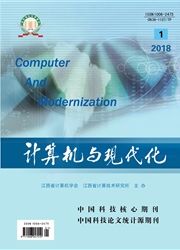

 中文摘要:
中文摘要:
在已知图像几何扭曲模型的基础上,对2013年2月5日使用云南天文台2.4 m望远镜观测近地小行星(99942)Apophis资料中的58幅CCD图像进行了几何扭曲校正,并对校正后的图像测出的星像位置进行了几何扭曲残差分析。结果发现,星像位置X、Y两个方向的几何扭曲残差约在±0.02 pixel内。为了探究影响几何扭曲残差大小的因素,设计了仿真实验。将模拟星像函数经过设定的扭曲函数模型添加几何扭曲,得到受扭曲的星像函数,并对扭曲前后的星像进行几何扭曲残差分析。结果显示,星像的半峰全宽(FWHM)越大,几何扭曲模型的扭曲变化越快,几何扭曲残差越大。
 英文摘要:
英文摘要:
Fifty eight CCD frames taken by the 2. 4m telescope of Yunnan Observatories on Feb 5,2013 were corrected for their Geometric Distortions( GDs) with the solved GD pattern by the approach proposed in Reference [2]. It is found that the GD residuals of the pixel position of stars still exist about ± 0. 02 pixels in both X and Y directions while they are bigger at some corners and smaller in the middle part of each CCD frame. A simulation experiment was then carried out to analyze the cause that affects the GD residuals. Our results show that the GD residuals grow bigger when the FWHM( Full Width at Half Maximum) of a CCD stellar image becomes bigger or the GD pattern changes fast. This experiment can explain the variation of the GD residuals of stars after correcting the GDs.
 同期刊论文项目
同期刊论文项目
 同项目期刊论文
同项目期刊论文
 期刊信息
期刊信息
